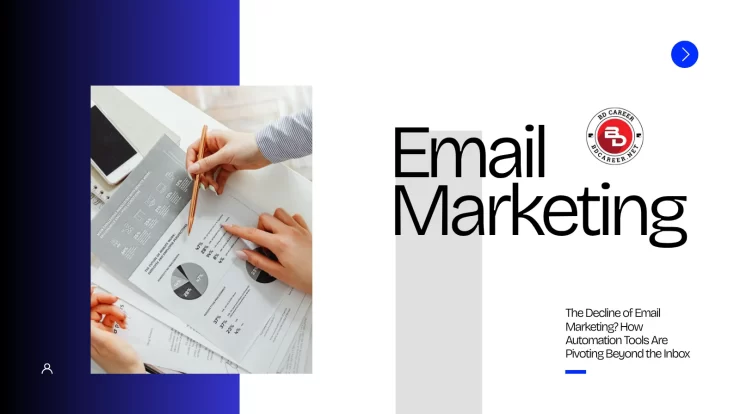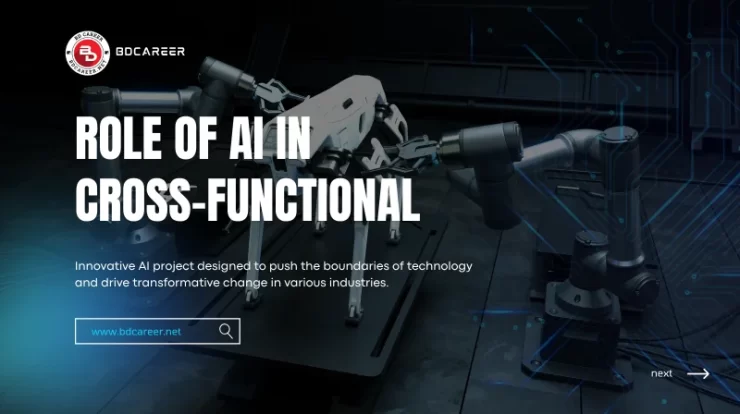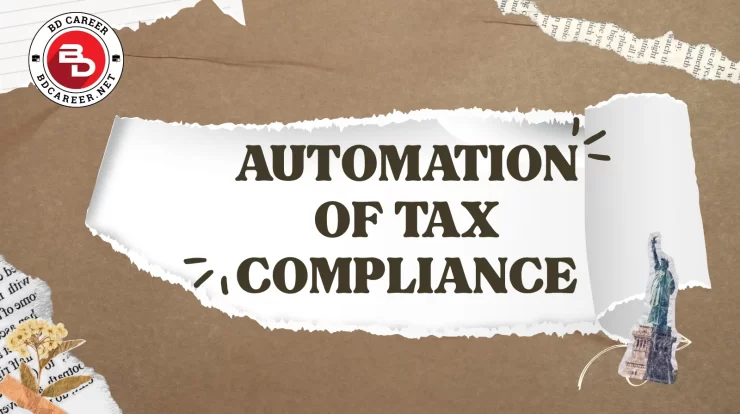
Tax compliance used to be synonymous with paperwork, manual data entry, and endless reconciliations. But those days are rapidly fading. As global economies become more digital and interconnected, governments are pushing for more transparent, automated, and real-time tax reporting. Businesses—large and small—are feeling the pressure to keep up. In 2025, more than any year before, tax compliance will be reimagined.
The rapid acceleration of automation in tax processes has emerged from necessity. Regulatory environments change swiftly. Manual systems simply can’t keep pace. Companies operating across multiple jurisdictions face not only increasing complexity but also the constant risk of non-compliance. In this context, country-specific tax automation software has become not just useful—but essential. This article explores the global evolution of tax automation, highlighting major trends in 2025 and examining how key regions are approaching compliance through advanced digital tools.
Contents
Purpose of Tax Automation in 2025
Tax automation is not a luxury anymore—it’s an operational pillar. The primary purpose is straightforward: help businesses meet compliance requirements efficiently, accurately, and in real time.
Here are the core drivers:
1. Streamlining compliance requirements
Tax regulations are complex and often updated without notice. Automation tools ensure companies are always working with the latest rules, lowering compliance risks.
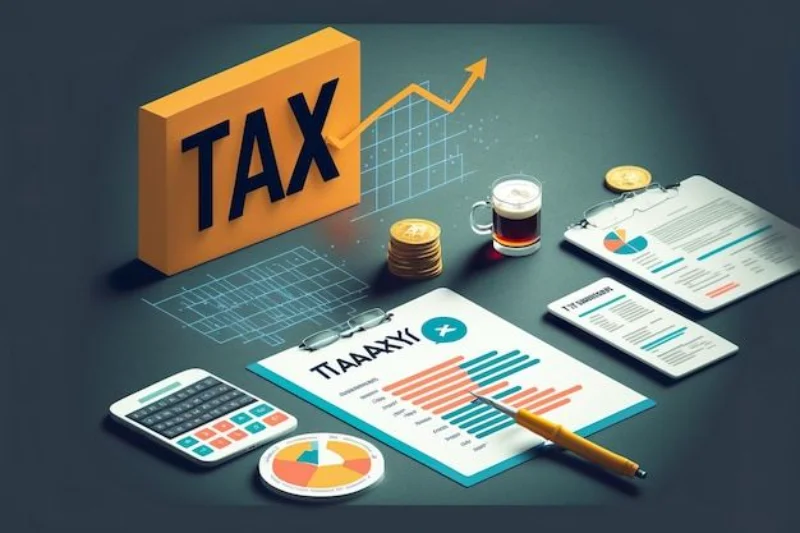
2. Reducing human error
Manual entry is prone to calculation mistakes, missing data points, or misinterpretations. Automated systems enforce accuracy by design.
3. Real-time reporting and insights
Governments are increasingly shifting toward continuous transaction reporting. Automation enables real-time monitoring, validation, and submission.
4. Harmonising global operations
For multinational companies, inconsistent regional systems slow down the workflow. Automated tax platforms unify data formats, reporting cycles, and compliance standards across countries.
Global Trends in Tax Compliance Software
Several clear patterns have emerged in tax technology development across the world. These trends shape the software landscape and influence how businesses approach compliance.
AI and Machine Learning for Real-Time Validation
Artificial intelligence has become a central component. AI solutions automatically cross-check entries, detect anomalies, and identify compliance risks before they escalate. Machine learning models help predict tax liabilities, estimate filing requirements, and analyse patterns across historical data.
Cloud Adoption and SaaS Dominance
Cloud-based tax solutions are now the global default. Their scalability, accessible user interfaces, and built-in security features make them a preferred choice. SaaS tax engines allow companies to update compliance rules instantly and integrate seamlessly with other business applications.
API-Driven Integrations
Tax software no longer functions as a standalone system. Instead, it connects with ERP platforms, inventory systems, POS terminals, and financial databases. These integrations automate data flows and minimise manual touchpoints, making compliance faster and more reliable.
E-Invoicing and Digital Receipts
Mandatory e-invoicing regulations are becoming the norm. Many governments now require businesses to submit invoices or transaction data through centralised digital portals. This shift promotes transparency, combats tax evasion, and allows tax authorities to track economic activity in real time.
Country-Specific Tax Automation Trends in 2025
One of the defining shifts in 2025 is the rise of localised tax automation solutions. Global software firms and regional tech providers are rushing to customise tools for specific legal and regulatory environments. Here’s how different countries are evolving.
1. United States
The U.S. tax environment remains complex, especially due to state-level variations in sales tax. For businesses selling online or across state borders, automation is increasingly indispensable.
- The IRS has accelerated its digital modernisation efforts, encouraging electronic filings and enhanced digital communication channels.
- AI-assisted tax tools designed for small and medium-sized businesses (SMEs) are becoming mainstream. These tools help automate quarterly filings, deductions, and sales tax remittances.
- Automated sales tax engines—connected to payment systems and e-commerce platforms—help businesses manage thousands of sales tax jurisdictions without manual processing.
The focus is on reducing compliance friction and building an ecosystem of connected tax reporting systems.
2. European Union
The EU’s tax landscape is heavily influenced by the ongoing ViDA (VAT in the Digital Age) program, which aims to modernise VAT frameworks and strengthen cross-border compliance.
Key developments include:
- Widespread adoption of mandatory e-invoicing in countries like Italy, France, and Germany.
- Increased alignment of VAT rules across EU borders, pushing businesses toward unified VAT automation platforms.
- Digital reporting requirements that require businesses to exchange invoice-level data with government portals in near real time.
For companies operating in multiple EU markets, automation isn’t just helpful—it’s required to stay compliant.
3. United Kingdom
Post-Brexit, the UK continues its ambitious journey toward full-scale digital tax administration through Making Tax Digital (MTD).
Emerging trends include:
- Real-time income tax reporting is becoming a standard practice for freelancers and small businesses.
- Cloud accounting platforms are integrating directly with HMRC in a seamless, user-friendly way.
- More advanced tools for automating VAT submissions and real-time reconciliation of tax obligations.
The UK is quickly becoming one of the most mature markets for digital tax compliance, thanks to strong government participation and clear technical standards.

4. India
India has undergone one of the most extensive tax digitisation transformations globally—largely driven by the GST framework.
In 2025:
- E-invoicing has become mandatory for nearly all businesses above a certain turnover threshold.
- Tax compliance portals are fully API-integrated, enabling real-time validation and automated reporting.
- Mobile-first tax tools are booming, catering especially to small and mid-sized enterprises (SMEs) that need simple and affordable solutions.
India’s tax tech market is dynamic, fast-moving, and increasingly AI-supported.
5. China
China continues to lead in digital tax enforcement, leveraging technology for improved oversight and compliance management.
Notable advancements include:
- An expanded nationwide digital invoice (fapiao) system.
- Deep integration between enterprise tax systems and government databases.
- Advanced AI-driven risk assessment tools used by authorities for smart auditing.
In China, the digital ecosystem isn’t optional—it’s the backbone of the financial reporting infrastructure.
6. Brazil
Brazil has been a pioneer in e-invoicing for over a decade, and its systems are now evolving further with AI and real-time monitoring enhancements.
In 2025:
- E-invoicing systems connect directly to tax authorities, offering instant validation and reporting.
- Localised tax engines are in high demand due to the layered and complex Brazilian tax regulations.
- AI-driven tools help companies manage compliance at the federal, state, and municipal levels.
Brazil stands as a model of how automation can improve efficiency even in the most complex tax frameworks.
Challenges in Tax Automation
Despite the rapid progress, tax automation faces obstacles that businesses must navigate carefully.
1. Regulatory Fragmentation
Different jurisdictions impose different rules, creating a challenge for global standardisation.
2. Cybersecurity and Data Privacy Risks
More digital systems mean greater vulnerability. Companies must ensure secure data practices and comply with privacy regulations.
3. Integration Issues
Legacy systems often don’t communicate well with modern cloud platforms. Upgrading infrastructure can be costly and time-consuming.
4. Skills Gaps
Tax professionals need new skills—data literacy, system analysis, automation management—to fully leverage the new tools.
Business Advantages of Automated Tax Solutions
The benefits extend far beyond compliance:
- Lower operational costs: Automation reduces manual labour and administrative burdens.
- Reduced error rates: AI validation ensures cleaner, more accurate filings.
- Faster audits: Digital trail analysis simplifies verification processes.
- Better forecasting: Real-time insights support financial planning and cash flow management.
- Scalability: Companies can enter new markets without overhauling compliance processes.
Ultimately, automation shifts tax compliance from a reactive task to a proactive strategic function.
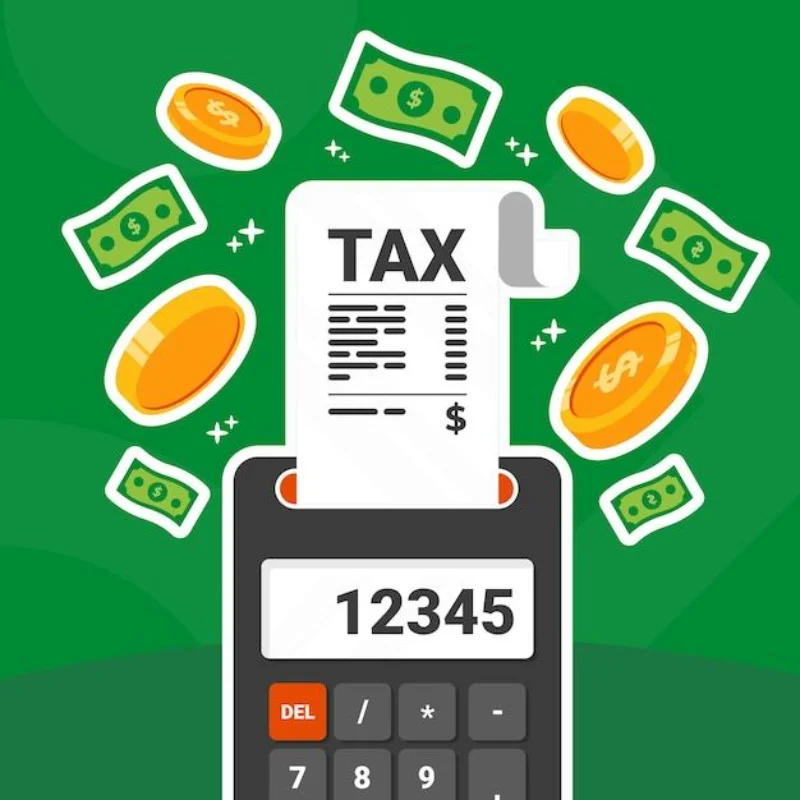
Conclusion
In 2025, the automation of tax compliance is no longer a trend—it is the standard. From the U.S. to China, from the EU to Brazil, countries are embracing new technologies to modernise their tax systems. While challenges remain, the benefits are undeniable: greater accuracy, stronger financial insights, and a more streamlined global economy.
Businesses that invest early in localised and automated tax solutions will be well-positioned to navigate this evolving landscape. The future of tax compliance is fast, digital, and increasingly intelligent—and the transformation has only just begun.


